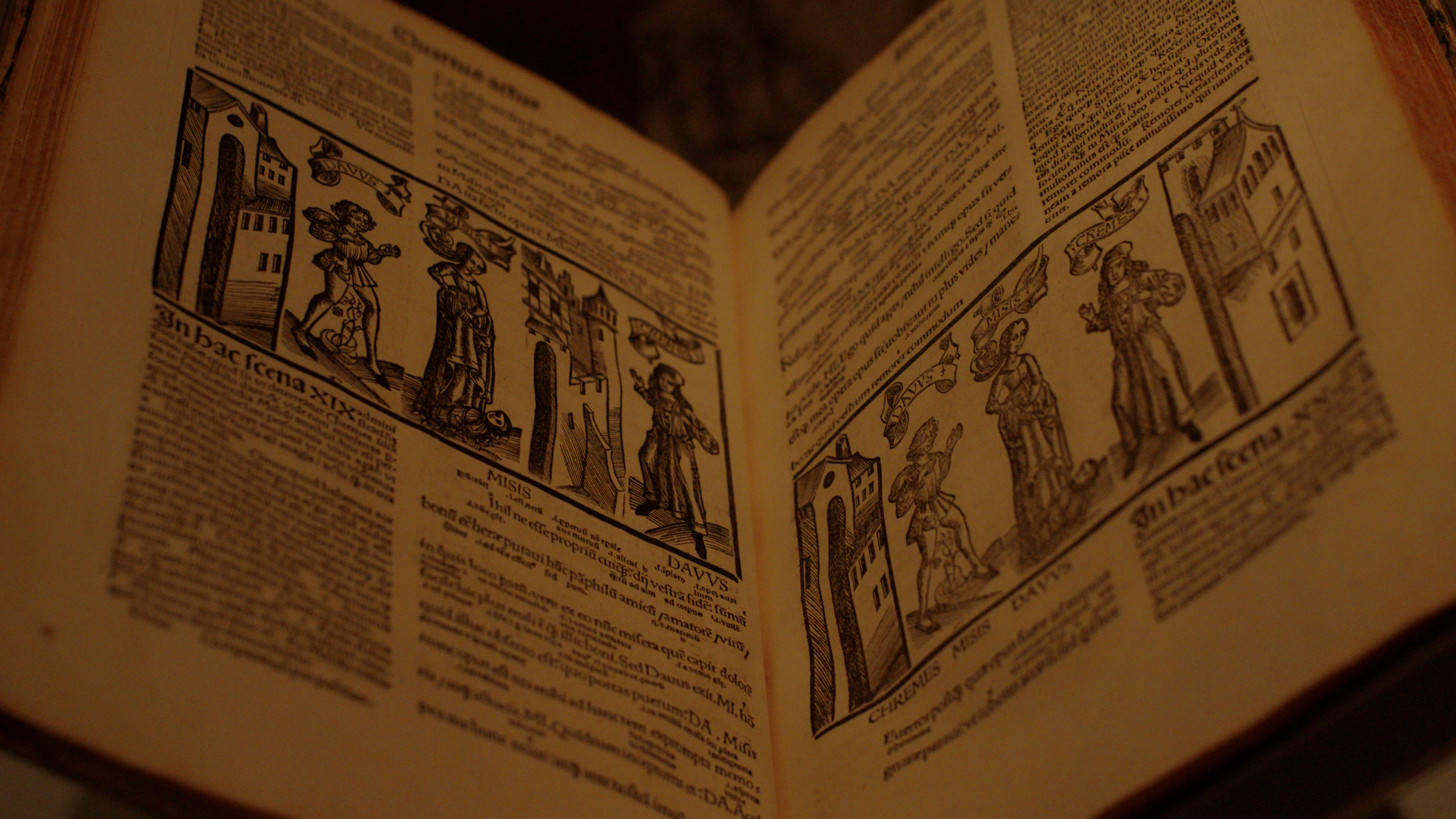Smith, Ian. "Reading the violent Black man myth in Hamlet." Throughlines. www.throughlines.org/suite-content/reading-the-violent-black-man-myth-in-hamlet. [Date accessed].
Reading the violent Black man myth in Hamlet
Further reading for an interrogation of race in Shakespeare's Hamlet.

Coates, Ta-Nehisi. “The Great Fire.” Vanity Fair, August 24, 2020. https://www.vanityfair.com/culture/2020/08/ta-nehisi-coates-editor-letter
Loomba, Ania. Shakespeare, Race, and Colonialism. Oxford: Oxford University Press, 2002.
Muhammad, Khalil Gibran. The Condemnation of Blackness: Race, Crime, and the Making of Modern Urban America. Cambridge: Harvard University Press, 2011.
Parker, Patricia. “Black Hamlet: Battening on the Moor.” Shakespeare Studies 31 (2003): 127-164.
Smith, Ian. “White Skin, Black Masks: Racial Cross-Dressing on the Early Modern Stage.” Renaissance Drama 32 (2003): 33-67.
Further learning
Recommended

Sexualization of Islam in Turk plays
“Turk plays” used race, religion, and sexuality to construct and enforce difference portraying Muslims, Jews, and Black people as sexually deviant or unnatural. Studying these texts reveals how early modern depictions of sexuality and race intersected.

.jpg)
-PaintingStudyblack.jpg)

.png)

